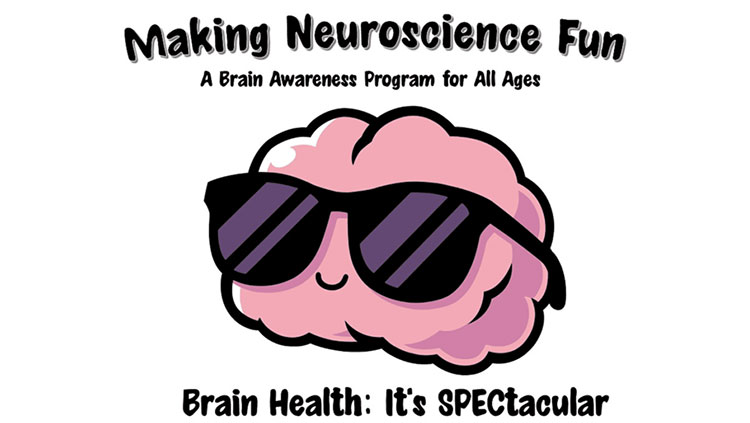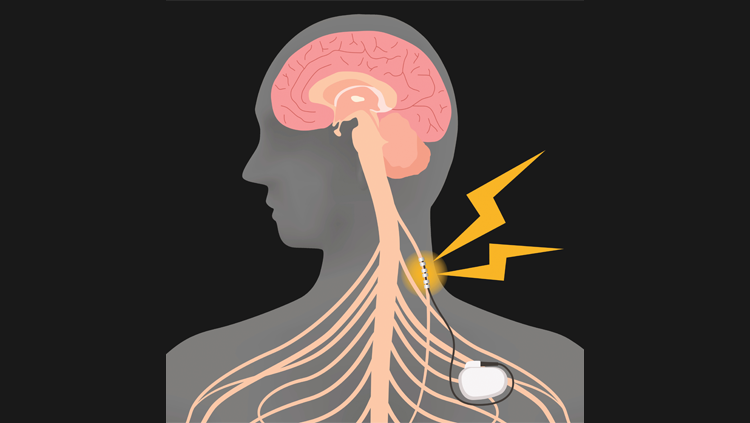Addressing Potential Stigma of Socioeconomic Status
- Published9 May 2019
- Source BrainFacts/SfN
Studies have shown biological differences in brain size in students from lower income backgrounds, which could be seen as stigmatizing. However, while biology and genetics may be fixed, the brain is an incredibly adaptable organ. Jamie Hanson, assistant professor of psychology at the University of Pittsburgh, discusses how the brain is constantly changing and impacted by experiences. He also encourages educators to consider magnitude when addressing apparent differences, as they are often quite small.
This video is part of a longer session titled “Understanding the Neurobiological Impacts of Child Poverty: Implications for the Classroom and Beyond” presented at the National Science Teachers Association 2019 National Conference in St Louis, MO. See the entire talk here.
CONTENT PROVIDED BY
BrainFacts/SfN












